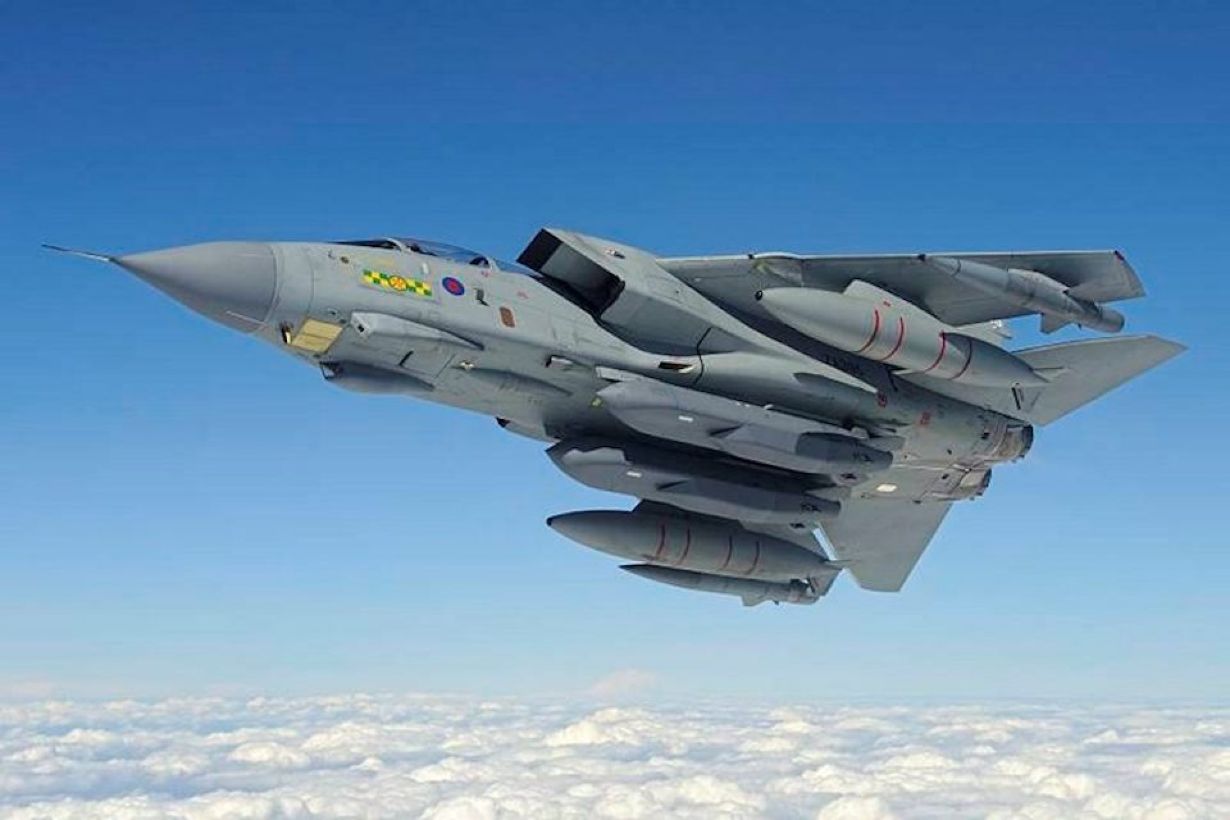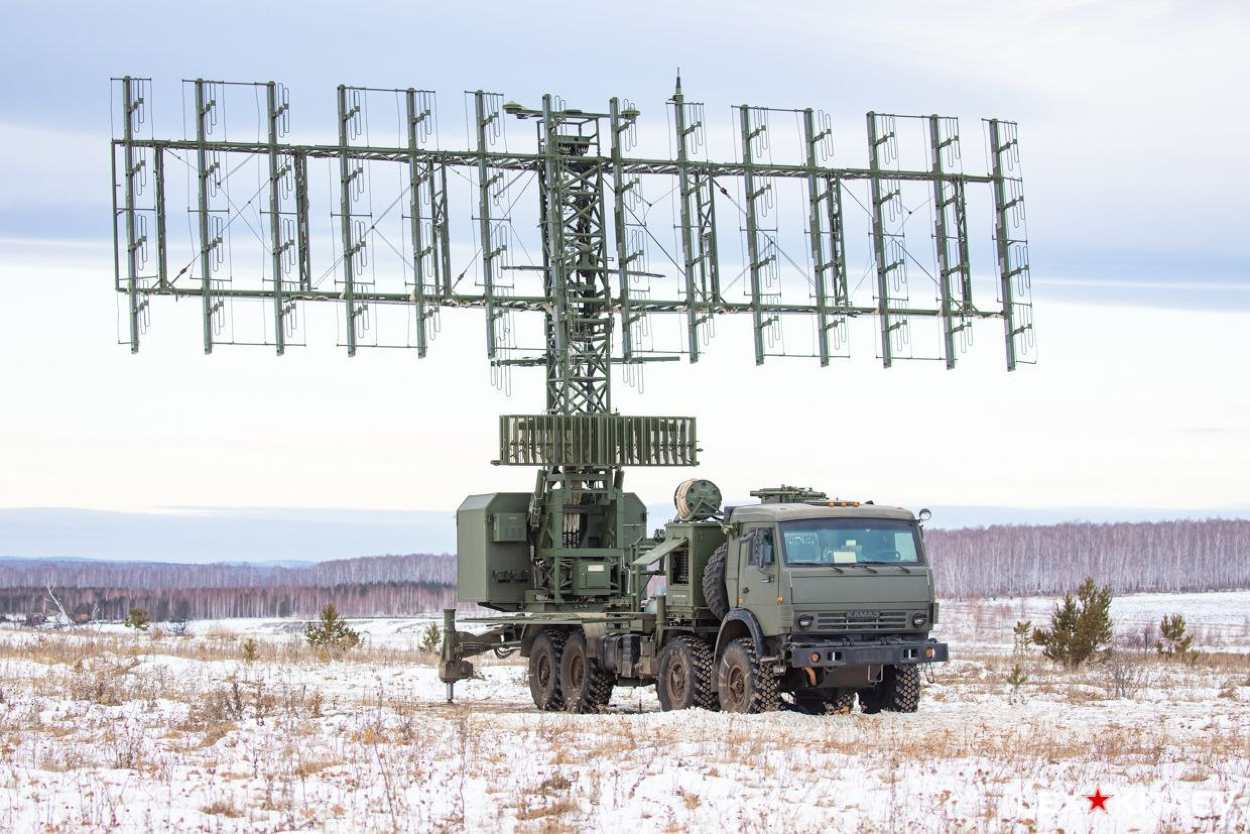According to CNN, the United Kingdom has supplied Ukraine with multiple Storm Shadow cruise missiles, pulling out all the stops on restraints in supplying advanced long-range weapon systems to Ukraine. The Storm Shadow is among the deadliest cruise missiles in the world today.
Co-developed by Matra and British Aerospace, and manufactured by MBDA, the Storm Shadow (French variant is called SCALP-EG) is a turbojet-powered missile that cruises at Mach 0.8 to a max range of 560 kilometers.
It’s a relatively small missile; weighing just 1.3 tons, it packs a big 450-kilogram warhead. (In contrast, India’s Brahmos missile weighs 2.5 tons and features a 400-kilogram warhead). The Storm Shadow has a length of 5.1 meters, a maximum body diameter of 48 cm, and a wingspan of 3 meters.
The Storm Shadow represents the state of the art in missile technology featuring:
1. Radar Low Observable (LO) Shaping
2. Electronic Warfare (EW) Immunity
3. Infallible target recognition
4. Pinpoint accuracy of the strike
5. A very destructive warhead
LO Shaping
The radar’s low observable shaping and the relatively small size of the missile make it difficult to detect and track using ground-based radars, as also look down, and shoot down airborne radars such as those that equip Russian MiG-31BM, Su-35S, and Su-30SM fighters.
The ability of Russia’s A-50 AWACS (Airborne Warning & Control System) to track a low-flying LO-shaped missile like the Storm Shadow is debatable.
The fact that low-flying Ukrainian Su-25 continues to fly missions evading detection likely points to limitations in the A-50’s ability to detect targets against ground clutter. Also, Russia has a rather limited number of A-50 aircraft.
EW Immunity, Pinpoint Accuracy
Following the launch, the Storm Shadow navigates semi-autonomously to its target at low levels using a combination of INS, GPS, and terrain mapping.
If the GPS signal is jammed, the missile uses terrain mapping to update its position.

As it arrives close to the target area, the missile climbs up sharply to a height that is adequate to locate its target. It then bunts down and jettisons its nose cone, exposing a high-resolution thermographic camera that records the scene in the target area.
The missile compares the target scene with the digital image of the target stored in its memory to identify the target and fly into it positively.
If the missile is not able to identify its target, it can fly to a preprogrammed crash point to avoid collateral damage. Target identification and terminal homing are entirely passive, making the missile immune to EW during navigation as well as during the end game.
Warhead Destructive Power
The 450-kilogram BROACH warhead of the missile features an initial penetrating charge to clear soil or enter a bunker, then a variable delay fuze to control the detonation of the main warhead.
The missile is able to engage a variety of targets, such as control centers, hardened aircraft shelters, runways, buildings, bridges, air defense emplacements, and ships in port.
Launch Platform Limitations
The Storm Shadow is a fire-and-forget missile. Once launched, the missile cannot be controlled or commanded to self-destroy, and its target information cannot be changed.
The missile equips advanced fighters, such as the Rafale and Eurofighter Typhoon, which can program the missile before launch. The programming includes an IR image of the intended target, a digital terrain map of the route, adversary air defenses along the route, etc.
It is highly unlikely that the Storm Shadow can be fully integrated with Ukrainian Air Force fighters such as Su-24, Su-25, or MiG-29.
Pre-launch programming of the missile would need to be done on the ground before the missile is mounted onto its launch platform. As such, it would not be possible to use the missile against targets of opportunity.
Russia’s Counter Stealth Radar Network
As discussed earlier, the LO shaping of the missile would make radar detection and tracking of the missile difficult. However, Russia is known to have deployed counter-stealth radars along the Ukrainian front.
According to Izvestia, Russian AD forces are using the Niobium radar in Ukraine to detect aircraft, helicopters, drones, ballistic missiles, and MLRS rockets. The radar can detect drones made of composite materials

The 103Zh6 Niobium-M radar system is a package of three discrete AESA radars in the VHF, UHF, and S/X bands and a single processing and command van.
The fusion of data from the three radars creates a robust kill chain. The VHF system performs initial detection and cues the UHF radar, which in turn cues the X-band radar for weapons-grade tracking.
VHF radar is capable of tracking a stealth target like the F-22. UHF radar can track LO targets such as the Storm Shadow, ballistic missiles & artillery rockets. Higher-frequency radars are more accurate than VHF radar. They can concentrate energy on a target to make successful detection and tracking more likely.
Niobium was created using a modern component base. The station scans the sky within a radius of 500 kilometers. It simultaneously monitors hundreds of objects. The data collected from all radar complexes is used to form a fused picture of the sky.
A fused display facilitates quick decisions on targets, the most common of which are drones. Tracking data of potentially dangerous targets is automatically transmitted to a central command post which tasks specific air defense units to engage and destroy the target.
Niobium can exchange processed targeting data with AD missile systems like Pantsir, S-300, and S-400.
Conclusion
The number of Ukrainian UAVs that have managed to reach their assigned targets in Russian airspace is relatively small when compared to the number of Ukrainian UAVs that have attempted but failed to reach their targets.
Evidently, the counter stealth radar network is effective and will facilitate the interception of many Storm Shadow missiles.
However, like HIMARS rockets and JDAM-ER bombs, some Storm Shadow missiles will get through Russian defenses. Considering the much greater reach of the Storm Shadow, its immunity to EW, and its more destructive warhead, every Storm Shadow that gets through will strike a painful blow.
- Vijainder K Thakur is a retired IAF Jaguar pilot. He is also an author, software architect, entrepreneur, and military analyst. VIEWS PERSONAL
- Follow the author @vkthakur




